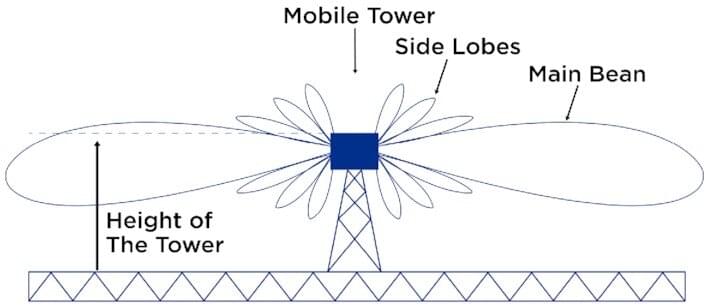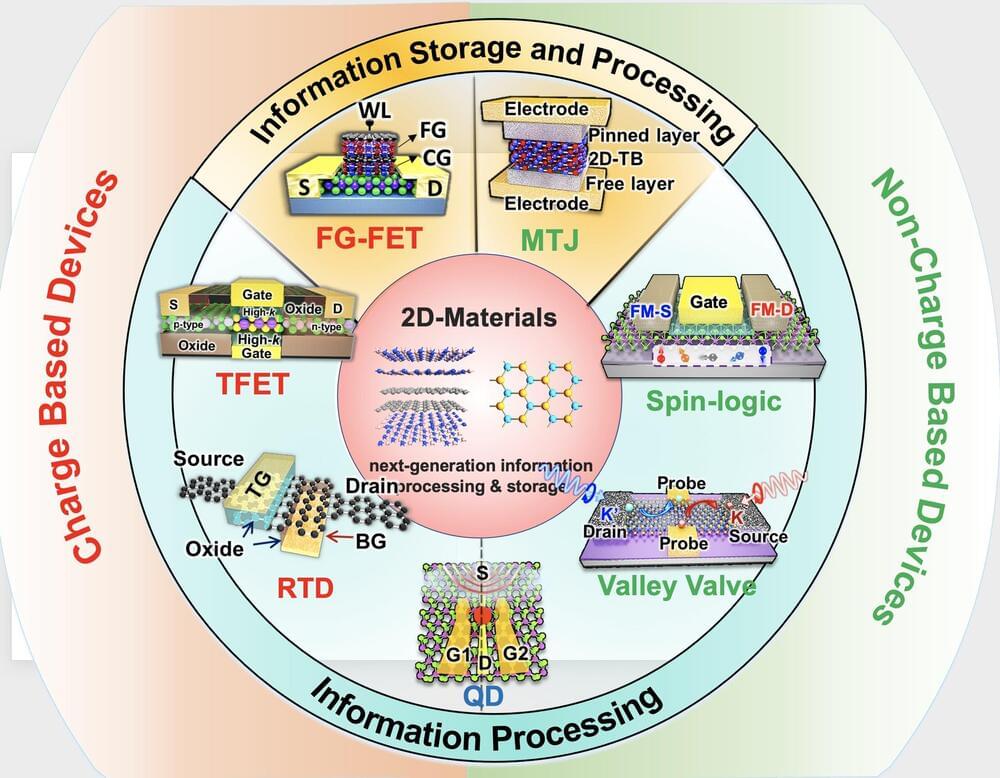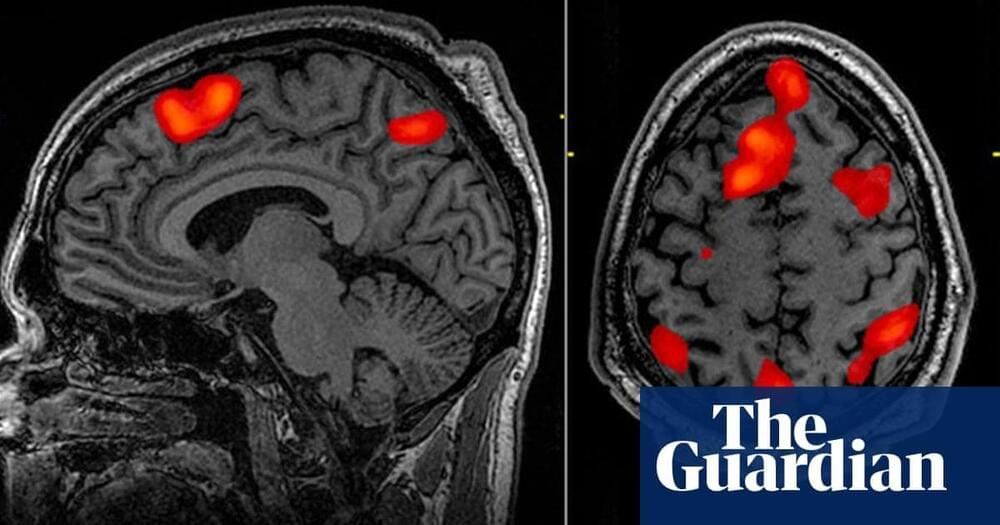May 2, 2023
Advanced aliens could soon detect life on Earth, say scientists
Posted by Saúl Morales Rodriguéz in category: alien life
Aliens on nearby stars could detect Earth through radio signals leaked from the planet, new research suggests.
Scientists from The University of Manchester and the University of Mauritius used crowd sourced data to simulate radio leakage from mobile towers to determine what alien civilizations might detect from various nearby stars, including Barnard’s star, six light years away from Earth.
The research, published in the Monthly Notices of the Royal Astronomical Society journal, found that only more technologically advanced civilizations would be able to detect the current levels of mobile tower radio leakage from Earth. However, as most alien civilizations are likely to have more sensitive receiving systems and as we move towards more powerful broadband systems on Earth, the detectability of humans from other intelligent beings will become more and more likely.


















